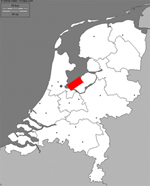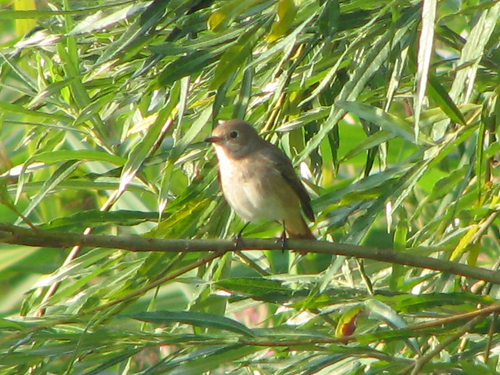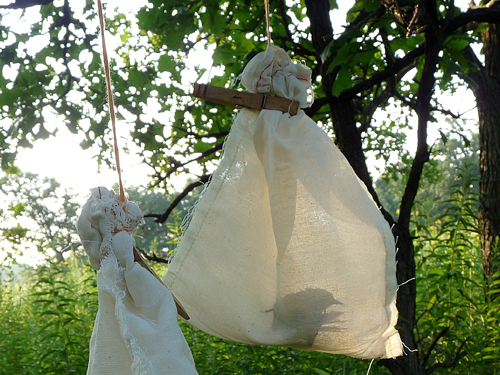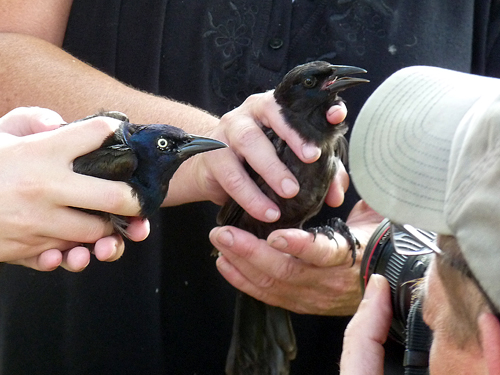Birding around Flevoland, part 1

(source)
On August 14th Arthur and I rented a car in Roosendaal, bid his family adieu, and headed north. We drove to Flevoland for some birding around the Oostvaardersplassen. The red area on the small grey map shows approximately the area we visited.
Regular readers of this blog (if there are any?) might remember that I’m a big fan of bird blinds or hides. I guess that means I prefer to be a lazy birder. Let the unsuspecting birds come to me, I say!
Anyway, the Oostvaardersplassen area is full of blinds, and we spent the day checking out the birds from several of them. You can click on the image below to see the Google map of the blinds. It’s pretty neat; when you click on satellite you can see the little round blinds sitting next to the water. There are actually more bird observation points in the area; I just focused on the full-on blinds and the points we visited.

Bird blinds in the Oostvaardersplassen area (we visited the blue & fuchsia spots)
Our first stop was the Lepelaarplassen. (On the map above, it’s the blue marker on the far left.) On the trail to the blind, songbird activity was slow, though we did see a couple Common Redstarts.

We also saw a group of birders who took it upon themselves to create their own blind. The birder palaces already in place aren’t good enough for these folks, noooo! 😉
As we approached the (official) blind, named after the Eurasian Spoonbill (“de Lepelaar”), the trail itself was blocked off from view of the water. I think we took these pictures as we were leaving — but you get the idea. All the better to hide the birders!
There was plenty of fowl on the water, although nothing out of the ordinary. Tufted Duck, Mute Swan, Greater Scaup, Mallard, Northern Shoveler and Little Grebe were present.


After snapping some photos, we were on our way to the next stop – observation points along the Oostvaardersdijk, which lies between the Markermeer and the inland lakes (Oostvaardersplassen). These are the pink points on the Google map. Here we saw a few species of gull and tern, and lots of fowl.
Our next stop was, you guessed it, another blind. Read the continuation in Part 2 and Part 3.







































